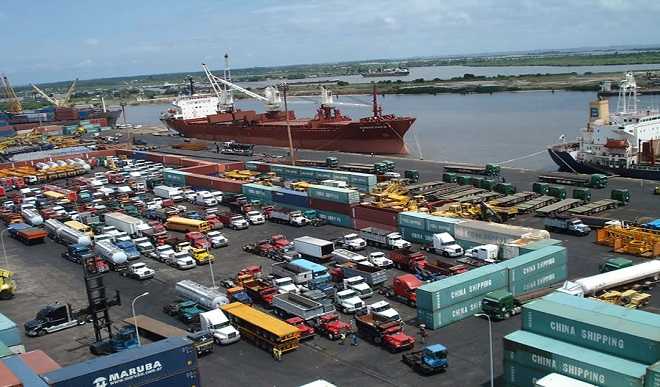
In a recent ranking of World Top Container Ports published by the Container Management Magazine, Lagos Port complex and Tin Can Port were jointly ranked in the top 500 container ports in the world. The survey reports that both ports have a capacity of 1.5 million TEU, which qualifies them to be among the few African ports in the top 500 worldwide. Tanger Med 1 Port was ranked first in Africa out of the over 100 port facilities in 53 countries, and 45th in the world after handling a total of 3,312,409 TEU containers in 2017, which surpassed its actual capacity of 3 million TEU containers. Tanger Med was followed by Port Said of Egypt in second position in Africa and 52nd in the world after handling 2,989,897 TEUs. The Port of Durban in South Africa, which was probably the most popular container port in the continent at a time is now ranked 3rdin Africa and 65th in the world with 2,699,978 TEUs. Over the years, the Container Management Magazine has been recognised as one of the best known international titles for the port industry, and its annual container ports ranking has become a reference point worldwide. It is therefore relevant to examine the rankings with respect to Nigerian seaports ecosystem in order to make meaningful juxtapositions. For some observers, being listed among the top 500 container ports may be appear commendable; however, when considered vis-à-vis capacity and potential, there is probably little to celebrate. The latest survey further reiterates the importance of visionary planning in the management and administration of ports in the country.
The recognition of the Moroccan Tanger Med as the top container port in Africa presents some lessons for us. It was a result of strategic and deliberate planning with a commitment to long term implementation. The port had entered into an arrangement for expansion with APMT in 2016 with the intention to become the biggest container port in Africa by 2019; a vision that has now been materialised before the set date. It is inspiring to note that there is a subsisting plan to increase its container handling capacity to 9 million in 2019 with the aim of becoming one of the top 20 container ports in the world. The growth of the Port and its contribution to the economy of Morocco has been pervasive even beyond the maritime sector. It is believed that the efficiency and incremental growth of Tanger Med has been a worthy incentive for manufactures to consider Morocco as a new investment destination. It was reported recently that the French car maker, Renault now produces 250,000 vehicles a year in Morocco from where some of the vehicles are shipped to other countries; a decision that was influenced by the efficiency of Tanger Med.
Comparing this performance to Lagos ports that were also ranked in top 500 container ports and other ports in the country provide a pessimistic outlook. Firstly, it is a call for concern that out of the six ports in a country that is blessed by its geographical location, only the Lagos ports could make it to the top 500. Although, this is no surprise because Lagos ports are mainly responsible for about 70% of the country’s cargo throughput. According to Nigerian Bureau of Statistics (NBS), a total of 43,019,889 metric tons of cargoes were handled in the six ports in the country in 2017. Of these figure, Apapa and Tin Can handled 17,523,313 and 14,623,239 metric tons of cargoes respectively. The two ports were responsible for more than 60 per cent of the total throughput in the country. This has been the state of affairs due to lack of commitment to the growth and viability of other ports in the country.
Considering the enormous potential in the country, Nigeria deserves to have some of the best and most celebrated seaports in Africa. Yet the opposite has been the case essentially due to poor cargo clearing processes, multiple government agencies, very bad port access roads, and poor government polices.
In actual fact the ports in Lagos have capacity to handle much more cargo than they are already handling. However, the ports have been restricted due to ill-advised policies that stifle growth.
The government should see the latest ranking as a call to action to pursue lasting policies that will make Nigeria a true maritime nation. This ranking shows that we have the potential but we need to do the needful to actualise the untapped possibilities.